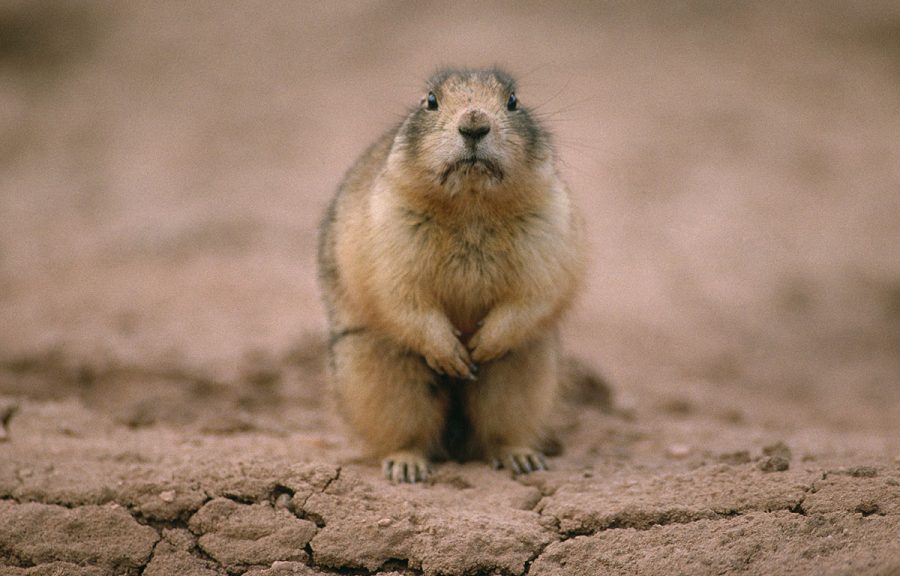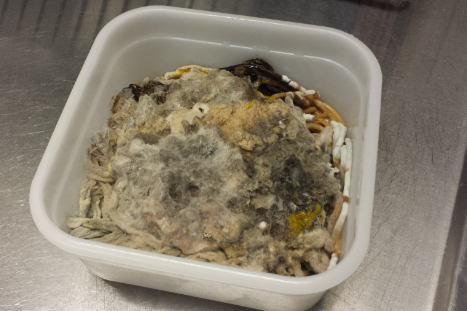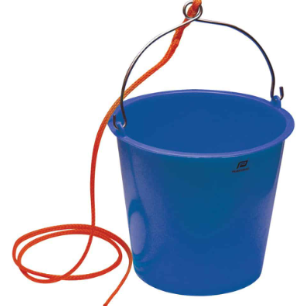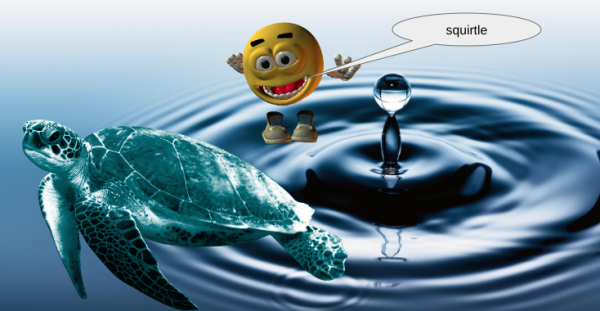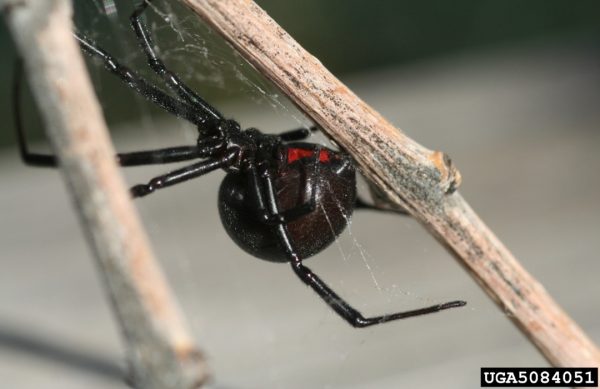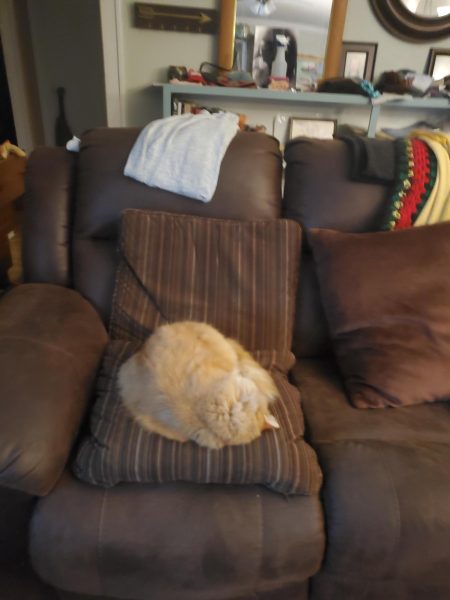Prairie Dogs
RAYMOND GEHMAN/National Geograph
A Utah Prairie Dog
March 29, 2019
Introduction:
On this late afternoon in a small town in Western Kansas farmer Bob is out on his daily cattle checks. He thinks “I’m too old for this crap. I should be in Florida by now.” But the only thing he’s ever going to be doing is wasting away his timeshare away and forgetting his grandchildren’s’ names. As the winding dirt road comes to an end he can’t help but spot the prairie dog mounds in his cattle fields. Bob despises those creatures. The prairie dogs dig so many holes that the cattle will get stuck in them and break their legs, then farmer Bob has to put down the animal and loses money. However, this time around this old farmer gets a hit of Deja Vu’, like he’s seen this before. The realization hits him like a train. The prairie dogs have a shockingly similarity to Bob’s town. The prairie dogs are tightly knit community where everyone has their own job and responsibilities. This is much like how a citizen of a small community is a cog that keeps the town running and thriving. Old farmer Bob develops a new respect for these animals and sees how a tightly knit community can prosper so quickly, and, with the proper care, can grow into something beautiful. Bob becomes satisfied with his current situation and gets rid of the idea of Florida and settles that this is where he belongs. It’s amazing how the simplest of things can make the biggest difference.
Habitat
Prairie dogs can usually be found in dry patches of grassland or dried up cattle fields. These animals dig U-shaped burrows about seven to fifteen feet down filled with grass bedding that connect to other various tunnels, creating a vast maze. To prevent flooding and watch for predators the prairie dog adds dirt to the outside of the entrance. The prairie dogs design multiple nesting areas within the tunnels as well as some “listening” areas to be one step ahead of their predators (foxes, coyotes, and several birds of prey). To warn others of predators, the “guard” makes a rapid “chirk, chirk, chirk” followed by an arch of the back and a shrill “yip” once the predator leaves the proximity. Prairie Dog Warning Call
Social Structure/Lifestyle:
Prairie dogs are one of the most social animals in Kansas to the point where the social traits our comparable to humans. The prairie dogs live in “towns or “communes” where each nest has a male, one or two females, and offspring. A male usually goes across different communes to find a mate and then takes care of the offspring from his mates and then repeats next season. Each town usually has 12 individuals that span across two and a half acres where each animals has their own job. For the taller prairie dogs a guard or watchman position, for the mothers taking care of young, the rest of the dogs it’s either tunnel digging, finding food, or they’re out scrounging for a mate. The prairie dog is crepuscular so if you ever want to see them in their most active hours you might want to look for them in the early daylight hours or an hour before dusk.
Development and Conservation:
Litters are usually born with five or six pups. Baby prairie dogs are born both blind and helpless. Both of the parents of the litter help out by guarding the nest or taking care of the pups. Prairie dogs almost fully mature during their first complete year of life and by two they are fully developed and are kicked out of the nest to find a mate or find work (like I told you they’re much like us). However, in recent years the prairie dog’s mortality rate has dropped due to the crack down on the prairie dog population. This resulted in a 95% population decrease, bringing attention to wildlife conservationists to a level where there the prairie dog was considered an endangered species but was later removed in 2004 when the population was steadying out. Male prairie dogs live to age five while females live to age eight. If the prairie dog is kept as a pet and well taken care of the dog can easily live to be over eight years old.
Conclusion:
Prairie dogs are called prairie dogs for a reason; they belong on the prairie, not in a zoo as an endangered specie. I believe that the current prairie dog population should stay where it’s at as a compromise for angry farmers and over the top wildlife conservationists. These animals are a big part of the plains of Kansas and should be protected.


